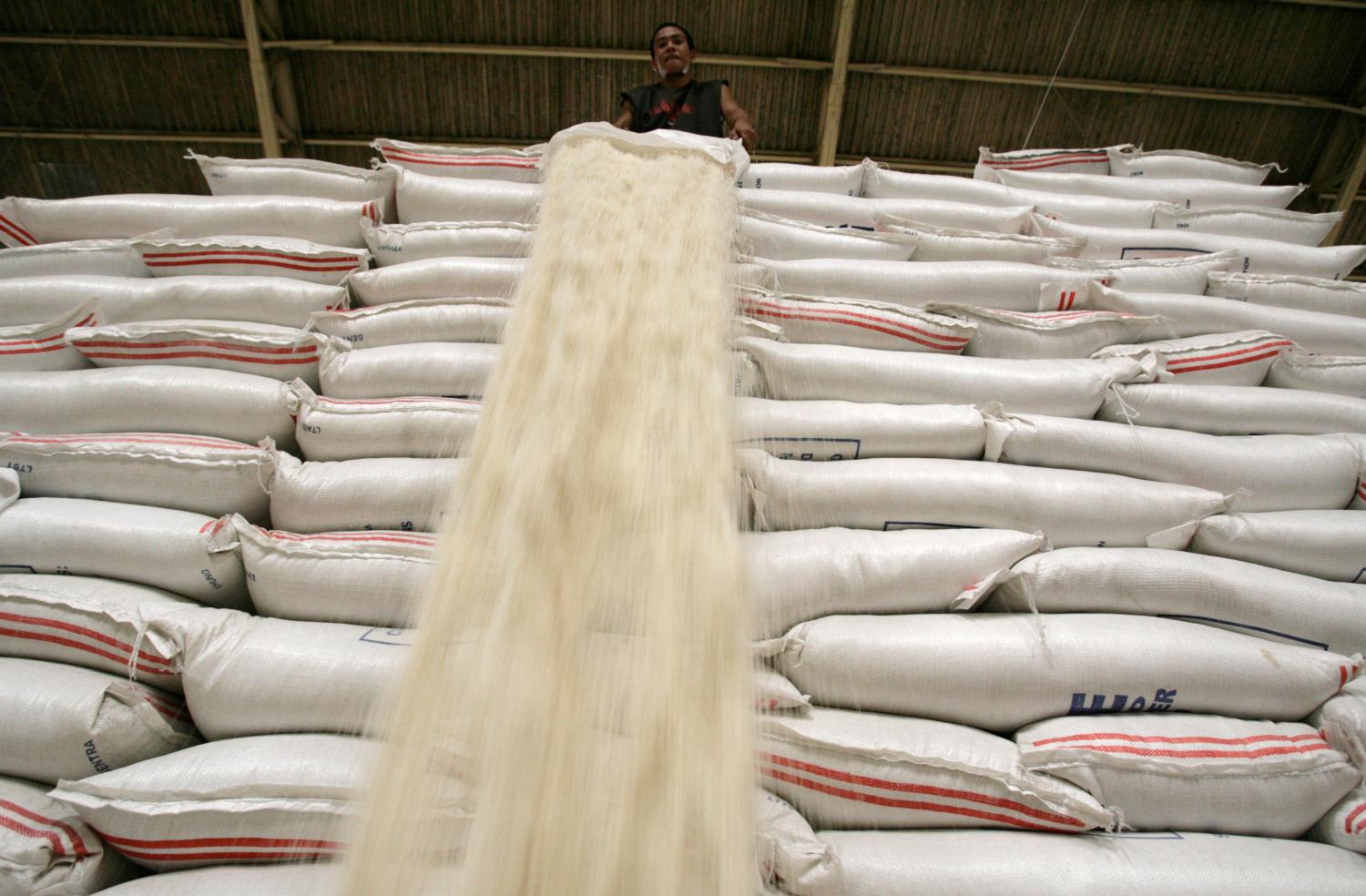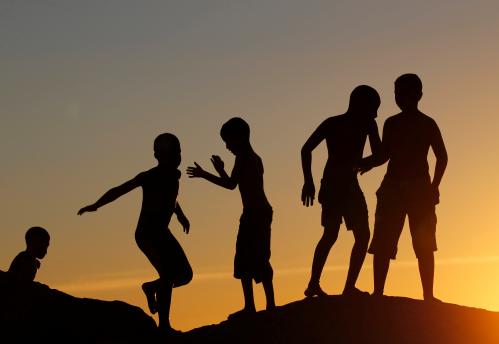The final version of this paper was published in February 2018 in the journal World Development.
Did the Millennium Development Goals (MDGs) make any difference? Perhaps no question is more important for assessing the results of global policy cooperation over the past 15 years. But this is a challenging question to answer empirically. Amid the world’s complex cross-currents of economics, politics and security, pathways of cause and effect are difficult to discern. Moreover, the MDGs spoke to a wide range of policy priorities, so any findings are likely to vary considerably across issues and geographies.
Nonetheless, it is possible to conduct a quantitative investigation of trends before and after the establishment of the MDGs: Which trajectories changed where, and to what scale of human consequence? That is the main purpose of this paper. It aims to answer the “what” questions in a manner that establishes boundaries for subsequent debate about “why” some patterns shifted while others did not.
Among skeptics, there are three common critiques of the MDGs. One is that all progress was on course to happen anyway. According to this view, the MDGs were little more than a “bureaucratic accounting exercise with scant impact on reality,” according, for example, to a Financial Times editorial in September 2015. A second is that global development aggregates are driven by China and India, two very large developing countries whose progress is considered independent to multilateral system efforts. A third is that progress on development outcomes is simply a product of underlying economic growth, rather than directed policy efforts.
This paper informs an assessment of whether the first two of these critiques are correct, and thereby provides reference points to inform future investigations of the third. To our knowledge, this is the first cross-sectoral analysis of MDG-relevant trends since the conclusion of the 2015 deadline. The results provide a reference point for efforts toward the newly established Sustainable Development Goals (SDGs) for 2030.






